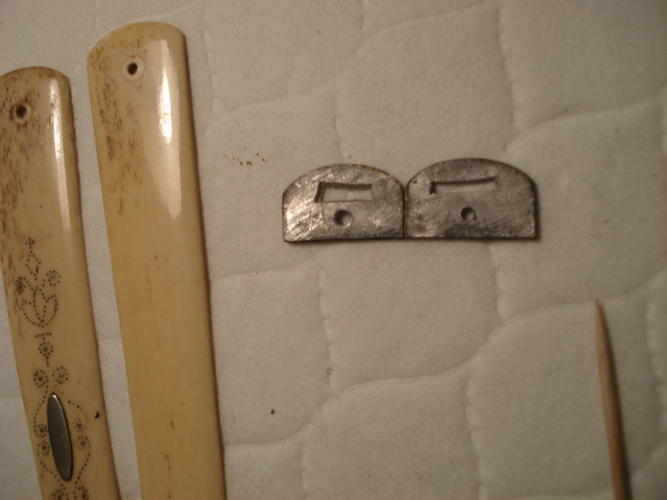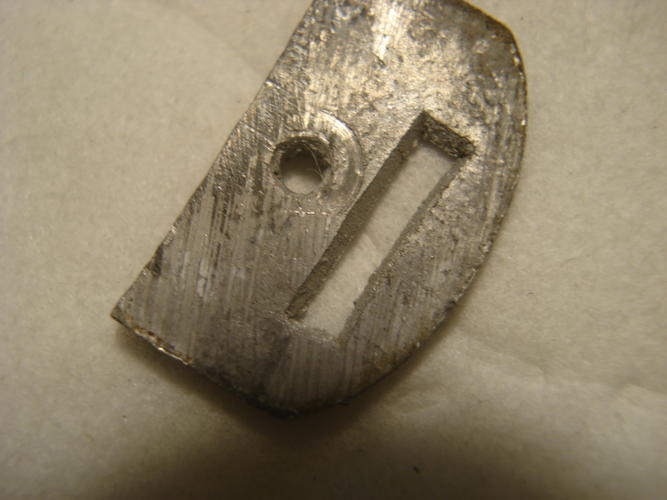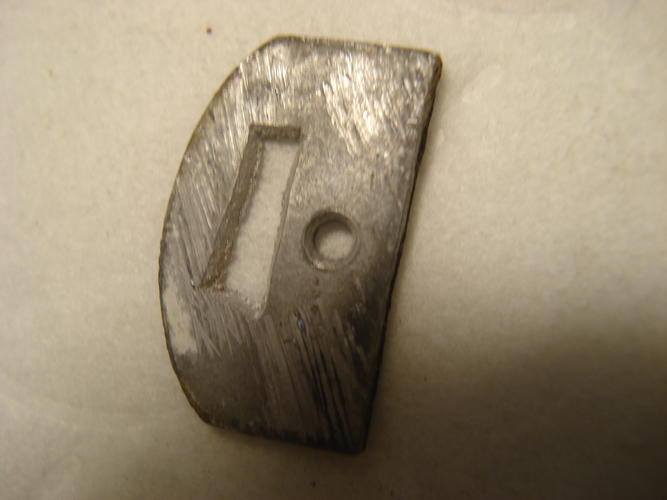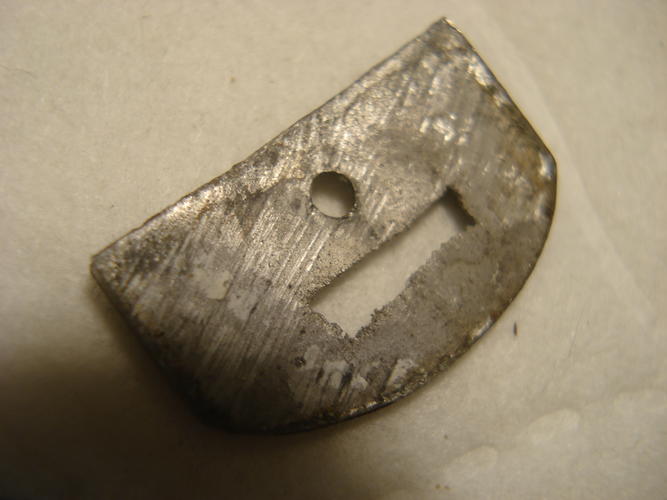Results 21 to 30 of 30
Thread: Clark & Hall
-
11-15-2018, 03:37 AM #21

Our ancestors were not idiots.
There is a reason why things were done even though we might not see it.
-
11-15-2018, 03:47 AM #22

Fun to speculate!
"Don't be stubborn. You are missing out."
I rest my case.
-
11-15-2018, 03:53 AM #23
-
11-15-2018, 04:03 AM #24

Otay...The pair seems different. I dunno,
 "Don't be stubborn. You are missing out."
"Don't be stubborn. You are missing out."
I rest my case.
-
11-15-2018, 04:43 AM #25

I'm stumped!
The square holes are different sizes, this throws me off.
It does seem that we in the so modern era often underestimate to intelligence of our ancestors.
They had to really use their brains without tech to fill the gaps..“You must unlearn what you have learned.”
– Yoda
-
11-15-2018, 06:28 AM #26
-
11-15-2018, 03:06 PM #27

Very interesting conversation.
I never thought that my post about a razor would spark such interest in wedges.
This is cool.
Pete <:-}"Life is short, Break the Rules. Forgive quickly, Kiss Slowly,
Love truly, Laugh uncontrollably, And never regret ANYTHING
That makes you smile." - Mark Twain
-
11-15-2018, 03:12 PM #28Senior Member


- Join Date
- Feb 2018
- Location
- Manotick, Ontario, Canada
- Posts
- 2,794
Thanked: 557
I’m imagining an assembly process in which several wedge blanks were stacked and clamped on a rod (using the rectangular hole to align and hold them in place) and then filed to shape all at one time. Each final wedge would be finished after the wedge had been peened into place between the scales. Plausible?
David
“Shared sorrow is lessened, shared joy is increased”
― Spider Robinson, Callahan's Crosstime Saloon
-
11-15-2018, 04:40 PM #29

These are definitely punched-in from one side....


 "Don't be stubborn. You are missing out."
"Don't be stubborn. You are missing out."
I rest my case.
-
11-15-2018, 10:47 PM #30

Today my mind kept wandering back to these holes......
https://www.globalcastingmagazine.co...nkage-defects/
While reading the link I read this.
"Heavy shrink-prone areas can be chilled in a number of ways. Figure 5 shows holes drilled into the cores and the subsequent cooling pins cast during mold filling. These iron pins serve as radiators to transfer heat from the casting into the sand more rapidly, to avoid shrinkage in those areas. In some cases, pins or fins can be added to a pattern."
Of course in the article they are not talking about wedge casting.


 120Likes
120Likes LinkBack URL
LinkBack URL About LinkBacks
About LinkBacks






 Reply With Quote
Reply With Quote

